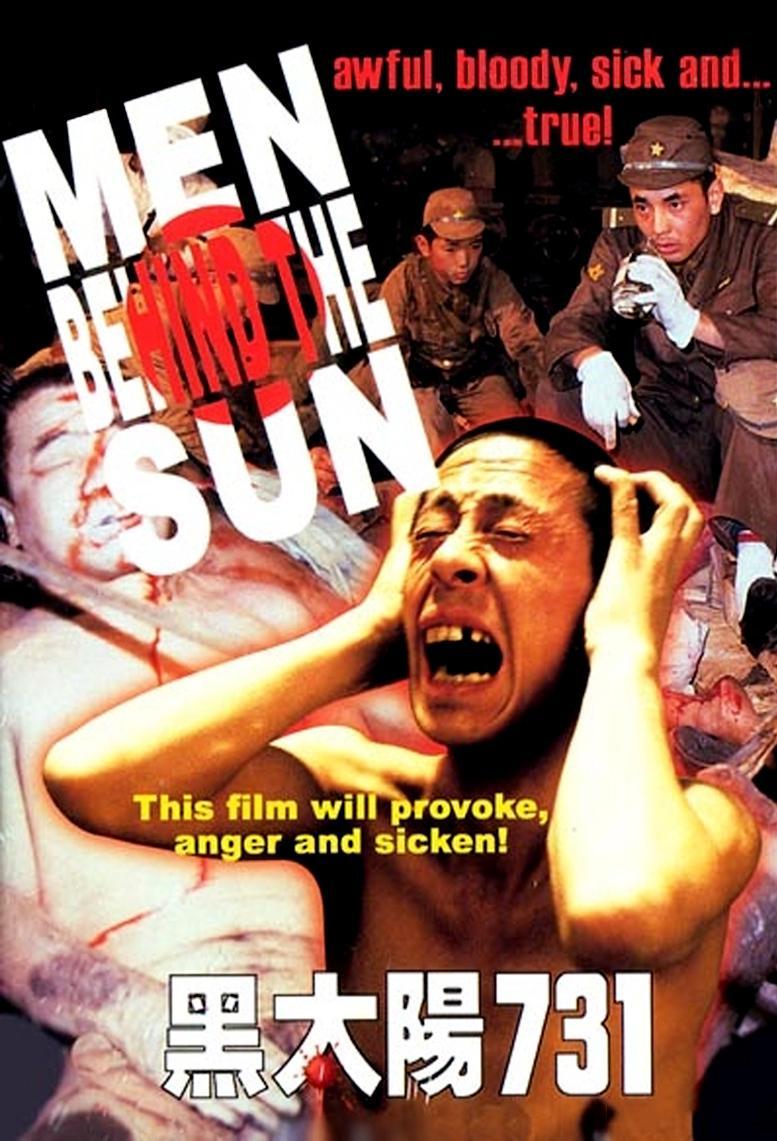Men Behind the Sun

Purporting to tell the true story of Japanese medical experiments on the civilian populace of Manchuria during the Sino-Japanese war and towards the end of World War II, this graphic film from director He Chi-Chiang pulls no punches in portraying atrocities in question, most of which historians have confirmed are based for the most part in fact. While the film was one of the first to explore the subjectmatter of what was known as Unit 731, critics have noted that the film's depiction of such unspeakably horrific war crimes is too shocking for the film to deliver any particular message. Highlights include a woman's skin pulled off her bones like gloves, a cat eaten alive by rats, and a frostbitten man's fingers knocked off with a hammer. In the film's most infamous scene, a man is put in a hyperbaric chamber and pressured until his intestine shoots six feet out his rear end in close-up. The story is told from the perspective of some young Japanese recruits doing their part for the war effort. There is one neutral character, a cute youngster, with whom the audience is brought to sympathize — only to later see him graphically dissected. Controversy over the film has extended beyond its mere portrayal of such cruelty, as its open use of animal cruelty, as well as actual autopsy footage, is unlawful in many countries including the U.S. and China.